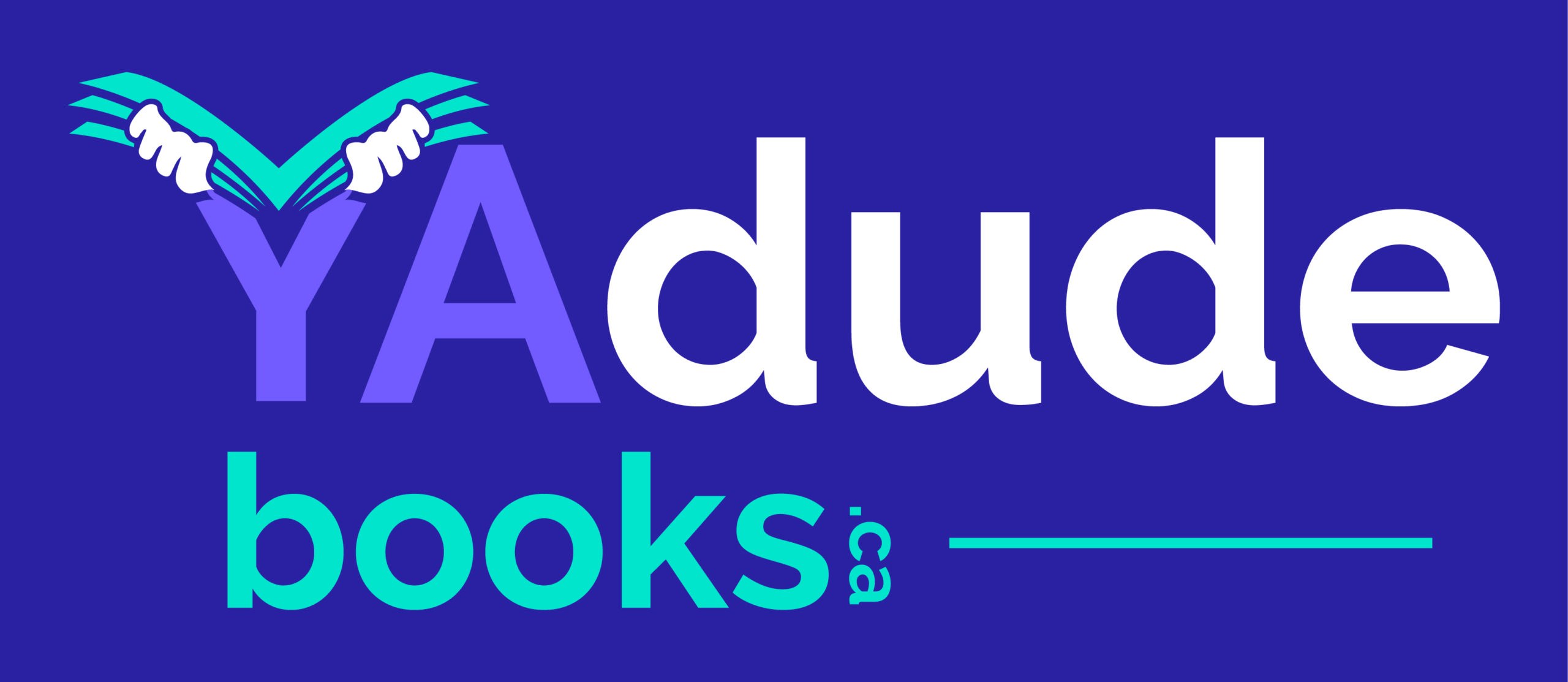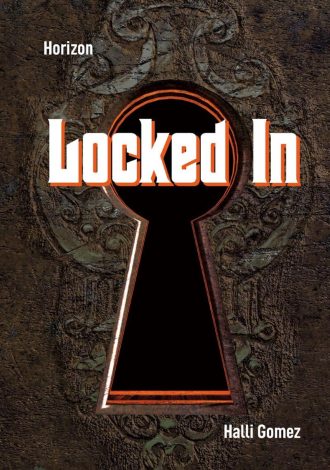The company “Locked In Escape Rooms” is offering prize money for whoever can successfully escape the room. Four very different teenagers answer the call. But as the game begins, the room turns out to be stranger than expected, and they suspect someone might have ulterior motives in coming here. Can the teens overcome their prejudices and differences and trust one another in order to escape in time?
This easy-to-read novel has short chapters, simple sentences and an accessible format to appeal to reluctant readers. It’s written at a second- to third-grade reading level for an interest level of ages 14 and up (though it feels just as appropriate for middle graders). That’s great for getting less enthusiastic readers to engage with a book.
Although it’s well paced and will appeal especially to teens who like escape rooms, it feels a bit contrived and vaguely predictable. The four teens who enter the rooms include two boys (one homeless Black and one redneck/anti-Semitic) and two girls (one rich Jewish, one overweight with social anxiety disorder). If that sounds a little stereotyping-to-achieve-diversity, well, yeah.
Quickly they find that wariness of each other – and outright prejudice – produce awkwardness and in-fighting that messes with their ability to solve the clues and move forward. There’s a game-master who has added extra elements just to see the kids’ mean sides come out (not all that realistically) – or is it to see those mean sides resolved after they surface? Plus, each participant feels a need to share a personal secret (it’s unclear why), which amps up the tension between them.
The first four chapters are each dedicated to one of the four teens’ point of view, so we start to get to know them. Then we have nine chapters with all their points of view mixed in (confusing, especially at first), and then the final four chapters revert to one point of view per chapter. The latter is so we can see how each of the four has changed as a result of the escape room experience. (Their character arcs are both all too tidy and predictable, but also satisfying.)
And just for fun, a couple of chapters take the reader into the game masters’ room.
It’s heavy on dialogue, which keeps things moving, and the language is teen-appropriate. Again, the plot and characters feel somewhat contrived, but it’s still a good contribution to the reading list of anyone who likes a short, simple read or a lesson on the importance of tolerance amid diversity.
– Pam Withers


